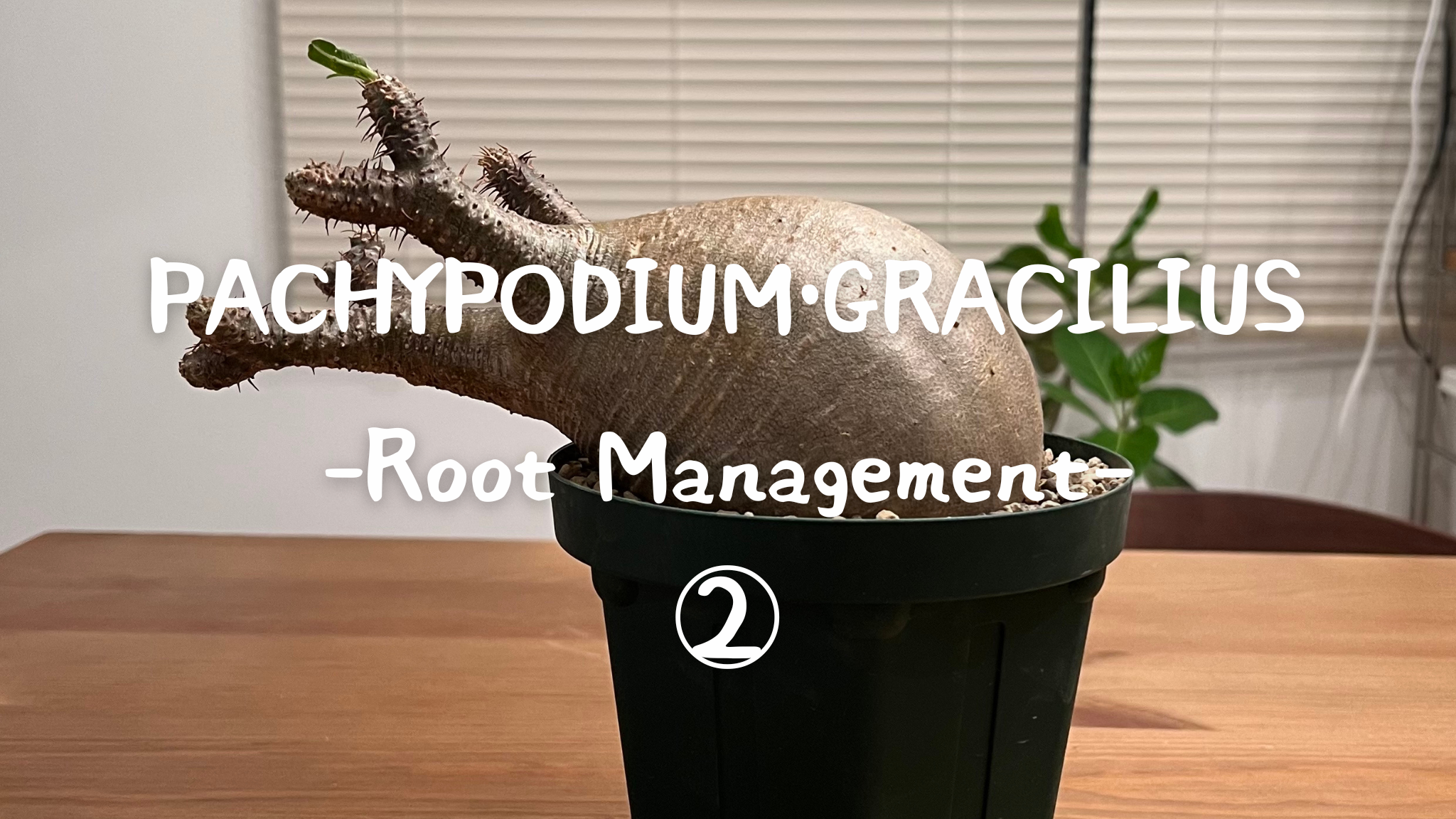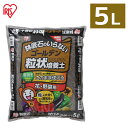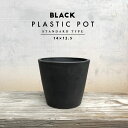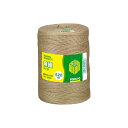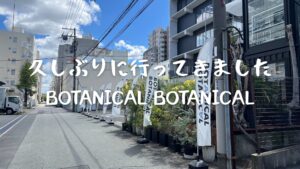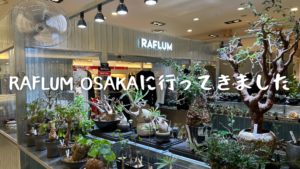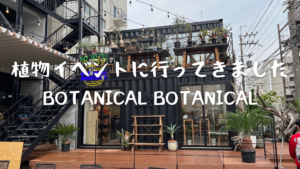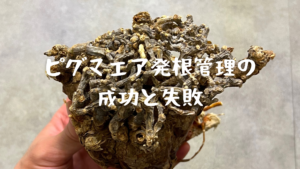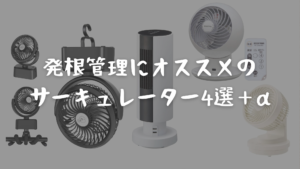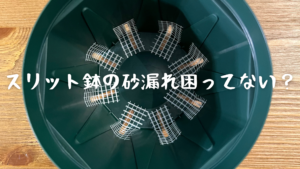Hi! Hello I am Pachypopo.

Root management is fun because there’s no right answer!
Now, in the previous article, I explained the pre-treatment from checking the condition of the plant.
From here, I will explain how to manage the plants after planting from the soil used for rooting management.
If you haven’t seen this article yet, please take a look here.
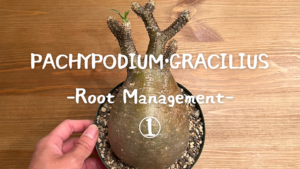

Soil used for root management
The two key factors are drainage and non-fertilizer retention. I don’t really care about pH or anything like that …
I also think that in rooting management of tuberous plants such as gracilis, what is super important is the temperature and sanitation in the pot. So I never use compost or crumbly soil for rooting management.



After rooting, compost and other materials are used.
This is because tuberous plants grow in warm climates and are naturally exposed to high temperatures for long periods of time, making the inside of the pots very harsh and prone to mold and bacteria.
So it is important to use soil that emphasizes drainage and low fertilizer retention.
I think it is important to avoid compost, which can easily attract insects, and to keep the pots as sterile as possible with good drainage for the gracilis, which is still attached to the plant without roots.
List of mixing ratios for original soil


The sun-drenched soil (commonly known as mulch soil) has high drainage and low fertilizer retention, which is great for tuberous plants. Moreover, it is super hard, so there is little fine dust.



It’s called “Hyuga”. Wasn’t there a character with that name in Naruto?
Sunsoil is also slightly different in size, and red ball is added to ensure aeration and adequate water retention.
Be sure to buy hard red ball soil, as it crumbles easily and falls apart, reducing aeration. I recommend the “three lines,” commonly known as “three lines,” which we all love!
Also, when you buy Golden Culture Soil, it comes with black pellets mixed in. I use only these in my sifting process. However, this is a hassle, so you don’t have to do without it, since the black pellets are not sold alone, but only together with vermiculite, etc!
When soil drainage is poor, such as in clay soils, the roots cannot breathe. This is because oxygenated water does not pass through the soil when watered, and the soil is constantly moist, preventing the roots from being exposed to air. This results in root rot and disease. Golden Culture Soil is in granular (pellet) form, which keeps the soil well drained.
Reference: What is BOTANICA Golden Culture Soil? Characteristics and how to use it with vegetables and houseplants!
This soil is also recommended
However, this soil also has a weakness. They are not sold by weight and do not come in just the right volume, so those who work on balconies or in small spaces will have trouble finding a place to store them if they have all of these. LOL.
The solution to this problem is this product from Exanogo, which I recently discovered.
It is made by professionals with a special attention to detail, and it has less fine dust and is less likely to lose its shape. It is available in small quantities, so even if you have a small space such as a balcony, you can use just this one product without making soil.



I use small grains when I use Exanogo’s soil.


Pots for root management
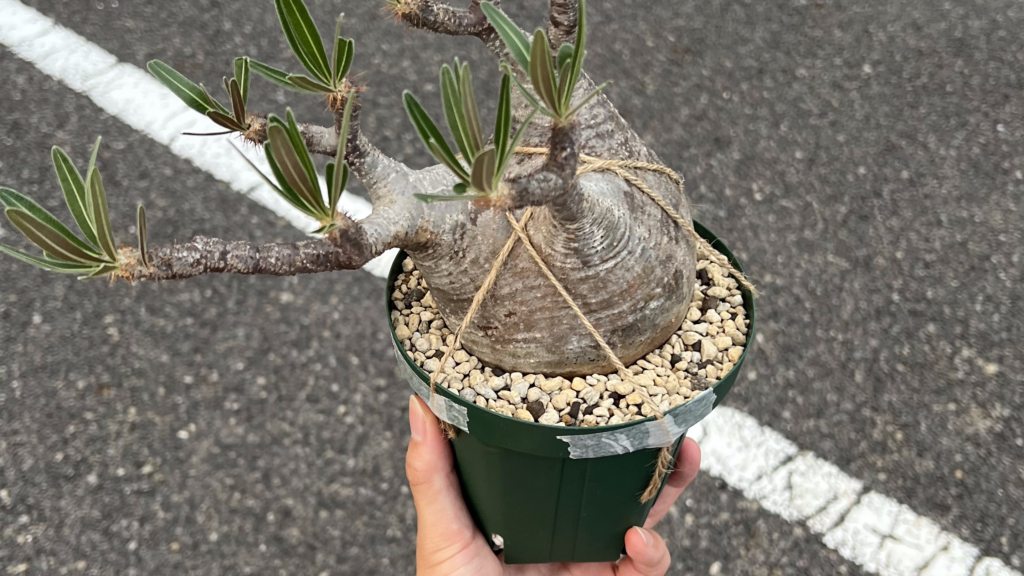

It takes a lot of time to prepare the pots for the size of the gracilis, from prepping the gracilis to making the soil.
As mentioned earlier, I gave “drainage” as an important factor in rooting management (just a pet theory). Even if you use a very good soil, it will be ruined if you use a pot that easily evaporates.
The pot is an important home for rooting management. Therefore, in order to have the roots emerge comfortably, use a pot with good ventilation and drainage.
Therefore, the number and size of slits and pot bottom holes are important in pot selection. When you pull out the pot to check rooting management, you will find that the bottom of the pot is quite moist, which tends to cause mold to grow.
However, I don’t think that having too many holes is a good idea. The reason is that, as we will discuss later, the temperature inside the pot is very important, and too many holes make it difficult to raise the temperature.



Black pots are said to absorb heat more easily, so the inside of the pot warms up more easily.
Recommended Pots
Since I have plants of various sizes, it is not cosy to buy ceramic pots for them. So I mainly use slit pots, which are inexpensive and available at home centers, for rooting management.
They come in a variety of sizes, so any one of them might be a perfect fit!
I’d recommend this one too, but …
Slit pots are always available at any home improvement store. However, some gardening specialty stores have black plastic pots with thicker edges, no waste patterns, and a sleek appearance.
Basically, there are no holes in the bottom of the pot, so either ask them to drill them on the spot or use an impactor to do it yourself.
Next is prestera. There are really only a few stores that sell it. If you go online, you have to order from quite a few.
If you can find it, you must stock it.
Planting Gracilis.
Since we spend so much time prepping the gracilis, it is best to prepare the necessary soil and pots for rooting management in the meantime.
From here, I think the process will be relatively quick. However, it may take longer if you start being particular about where you plant it…
Directly below the main root
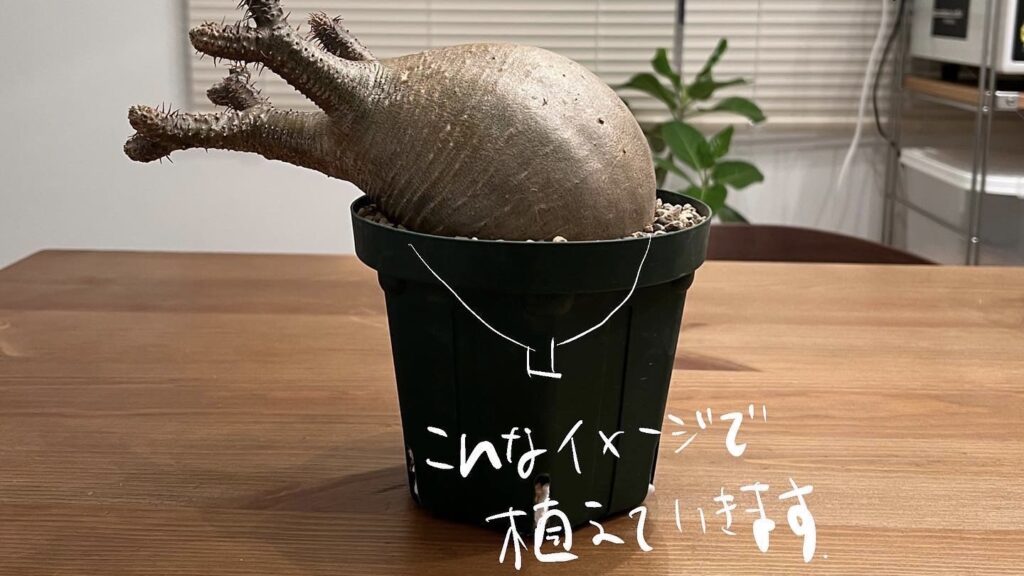

I feel that it is easier to root if the main root is as close as possible to the image in the photo, right below.
Depending on the position of the main root, it may not look good, and since this is a part of the rule of thumb, you may not have to worry too much about it.
Firmly bind the gracilis.
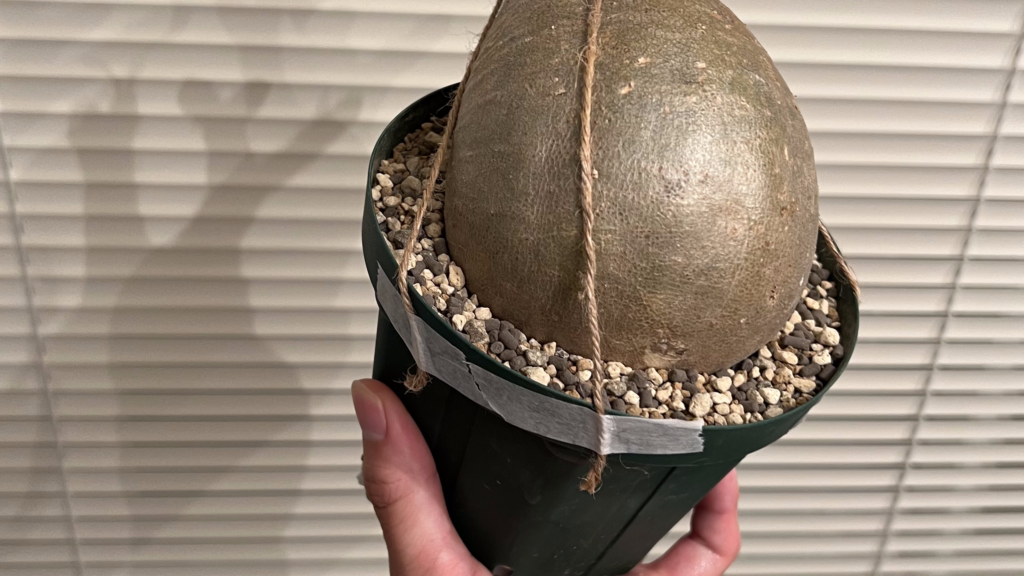

After planting, we recommend that you tie it tightly to the pot.
If the pot is watered or bumped in any way, it will come loose and soil will be scattered, and in any case, the roots may break. Many people use hemp twine or masking tape for this purpose.



Just be careful not to over-tighten!
Watering plants
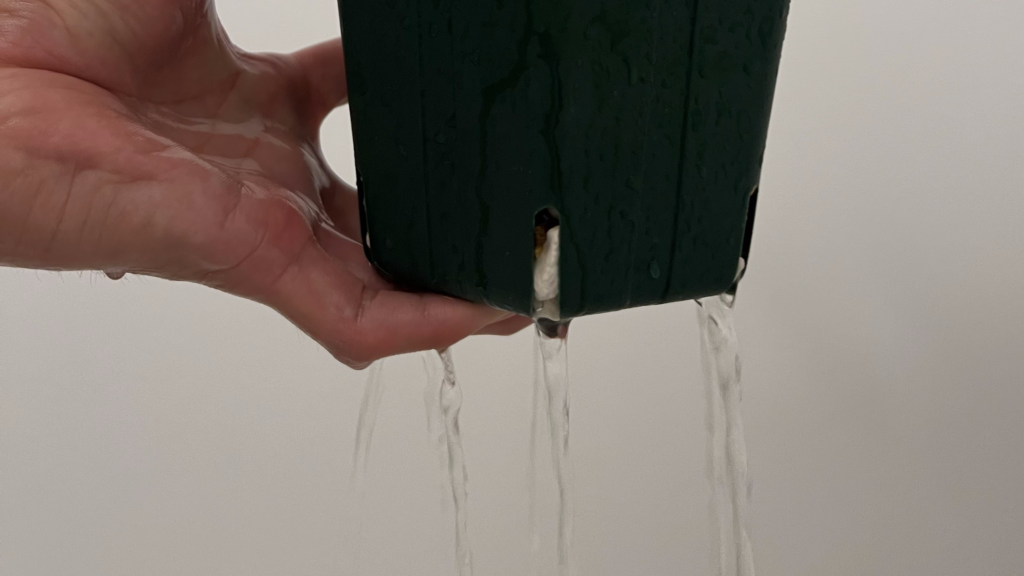

Finally, continue irrigating until clean water comes from the bottom of the pot.
It is better to irrigate thoroughly the first time, as any fine dust left in the soil will clog the holes and reduce drainage.
How to manage the plant after planting
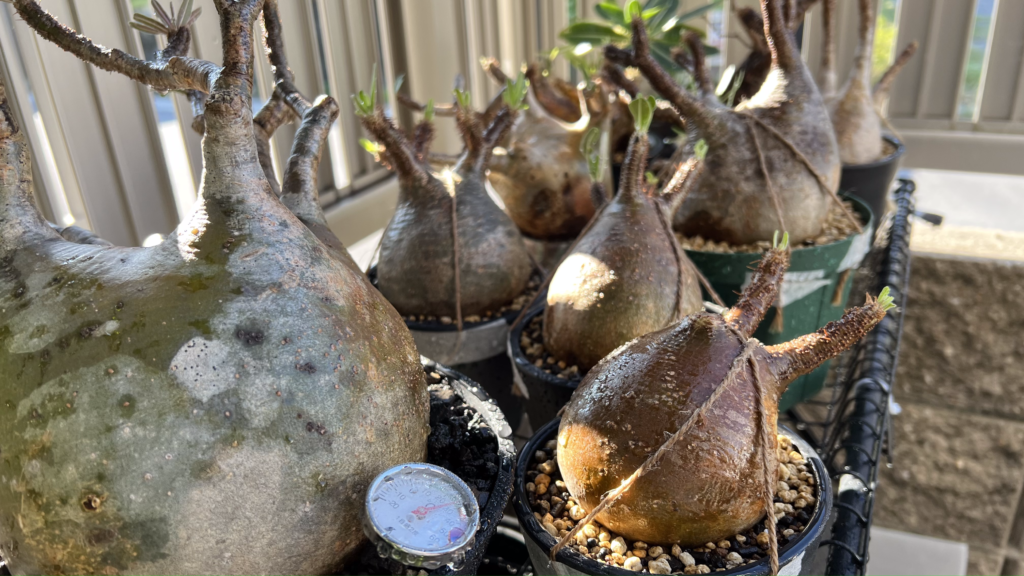

Important points for future management are “watering timing,” “wind,” and “temperature in the pot.
Water the plant once a week, and give it plenty of water!
However, the timing of watering will vary greatly depending on the environment, so watch the soil carefully and allow it to dry out thoroughly before watering.
Wind helps to ensure air permeability and drainage, as described above, to prevent root rot and mold, and to circulate the air so that plants can thrive. Perhaps…
As for the temperature in the pot, the rooting probability will increase if the temperature is around 30℃. Therefore, an in-pot thermometer is very effective.
In addition, here are three items that will raise the temperature in the pot. Please consult with the outside temperature in summer and winter to find the best solution.
Panel heater
If in doubt, buy the one with a larger wattage.
Heater Mat
Lens heater
This is an item used to prevent condensation on cameras, but people who manage rooting have quite a few of these. I wrap it around the pot as it is to raise the temperature inside the pot.
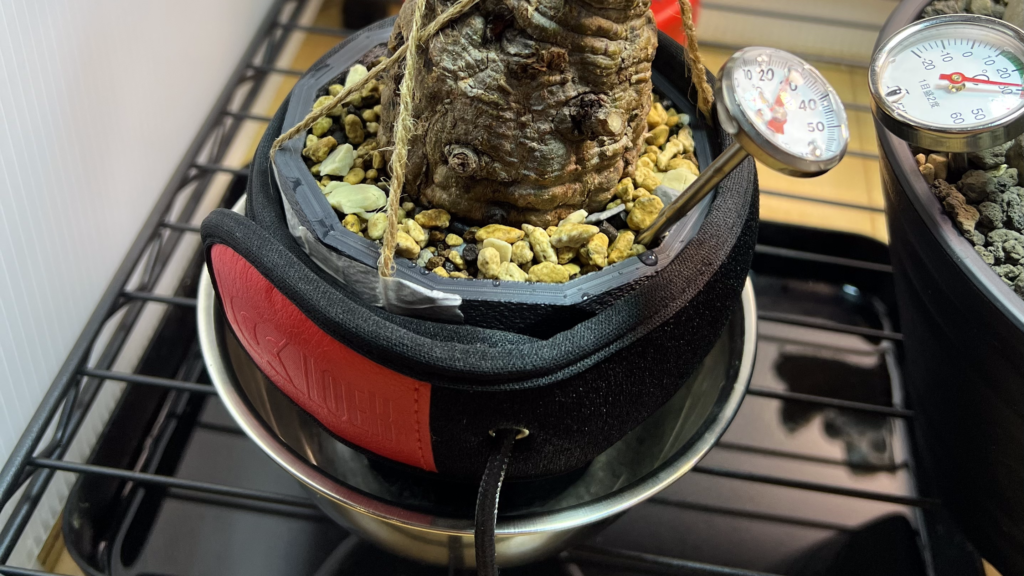

Summary
In this issue, we summarize the soil to be used for rooting and daily management of Pachypodium gracilis as “How to Root Pachypodium Gracilis (2)”.
The important points are summarized below. Please refer to the other related articles and enjoy rooting management suited to your environment.
Important Points
- Use a soil that emphasizes drainage and low fertilizer retention.
- When selecting a pot, it is important to consider the number and size of slits and holes in the bottom of the pot.
- Plant with the main root directly under the plant.
- Firmly bind the plant
- Water until no more microscopic dust is produced
- Water once a week (depending on conditions)
- Provide good air circulation.
- Raise the temperature in the pot (about 30°C)
The plants used in this project have rooted.
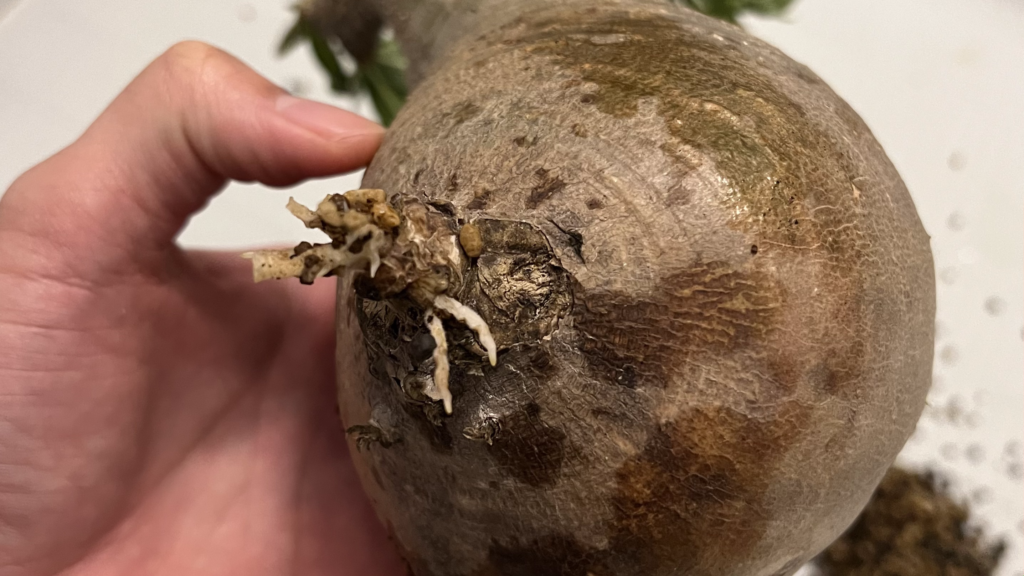

The plant I used this time, after just one month, I dropped the pot and was able to confirm rooting.



Good – I wonder if the probability of rooting increases when the leaves are showing.

